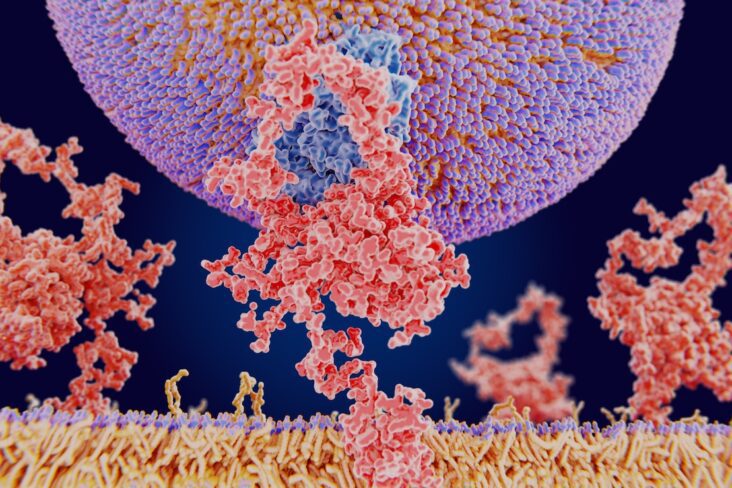
An article by Dr Edward Leatham, Consultant Cardiologist
Introduction:
Chest pain or heaviness is a common symptom that can often cause concern for both patients and healthcare professionals. With coronary heart disease being a leading cause of mortality in developed countries, the need for a rapid and efficient diagnostic pathway for individuals presenting with chest symptoms is paramount. In this blog, we’ll explore how SCVC, an independent clinical provider specialising in chest pain and cardiac imaging, manages new chest symptoms of concern, addressing the challenges posed by congested healthcare systems and the importance of timely diagnosis and intervention.
The Significance of Chest Symptoms in Coronary Heart Disease:
Coronary heart disease (CHD) remains a prevalent and deadly condition, with its first presentation often being a heart attack or sudden death. Surprisingly, many patients and even healthcare professionals may not fully recognize the gravity of unexplained chest symptoms as potential indicators of CHD. Risk factors such as age over 40, family history of heart disease, raised cholesterol levels, and smoking further elevate the importance of promptly assessing chest symptoms in at-risk individuals.
Challenges in Current Referral Systems:
Despite the recognition of the urgency in diagnosing CHD, conventional referral systems, such as the rapid access chest pain clinic in the NHS, face significant challenges. While designed to expedite assessments within a two-week timeframe, delays, particularly in CT imaging, can extend this period to months. With congested NHS and A&E services, the need for alternative pathways to swiftly triage and diagnose critical coronary disease becomes evident.
The SCVC Approach:
SCVC offers a tailored solution to the challenge of efficiently managing new chest symptoms. Rather than relying solely on conventional referral pathways, SCVC implements a rapid diagnostic pathway aimed at promptly identifying and addressing critical coronary disease.
Rapid Triage and Assessment:
Upon presentation with unexplained chest symptoms and relevant risk factors, patients are rapidly triaged by SCVC’s experienced healthcare team. Through a comprehensive assessment process, including a specialist nurse practitioner evaluation, 12-lead ECG, and Troponin test, potential cardiac issues are promptly identified.
Streamlined Diagnostic Testing:
To expedite diagnosis, SCVC arranges for cardiac imaging, such as Cardiac CT, during the initial assessment. By consolidating diagnostic tests into a single visit, patients benefit from streamlined care and reduced wait times.
Integrated Care Pathway:
For individuals diagnosed with critical coronary or other forms of heart disease, SCVC ensures seamless transition to further intervention and treatment. Patients remain on-site until they can be seen by a consultant cardiologist, who devises tailored management plans and arranges appropriate next steps.
Conclusion:
In the face of congested healthcare systems and the high stakes associated with coronary heart disease, SCVC’s rapid diagnostic pathway stands as a beacon of efficient and patient-centered care. By swiftly identifying and addressing new chest symptoms, particularly in high-risk individuals, SCVC plays a crucial role in mitigating the impact of coronary heart disease and improving patient outcomes. As we continue to navigate the complexities of cardiac care, SCVC remains committed to prioritising timely diagnosis and intervention, ultimately saving lives and enhancing quality of life for those affected by cardiovascular conditions.




